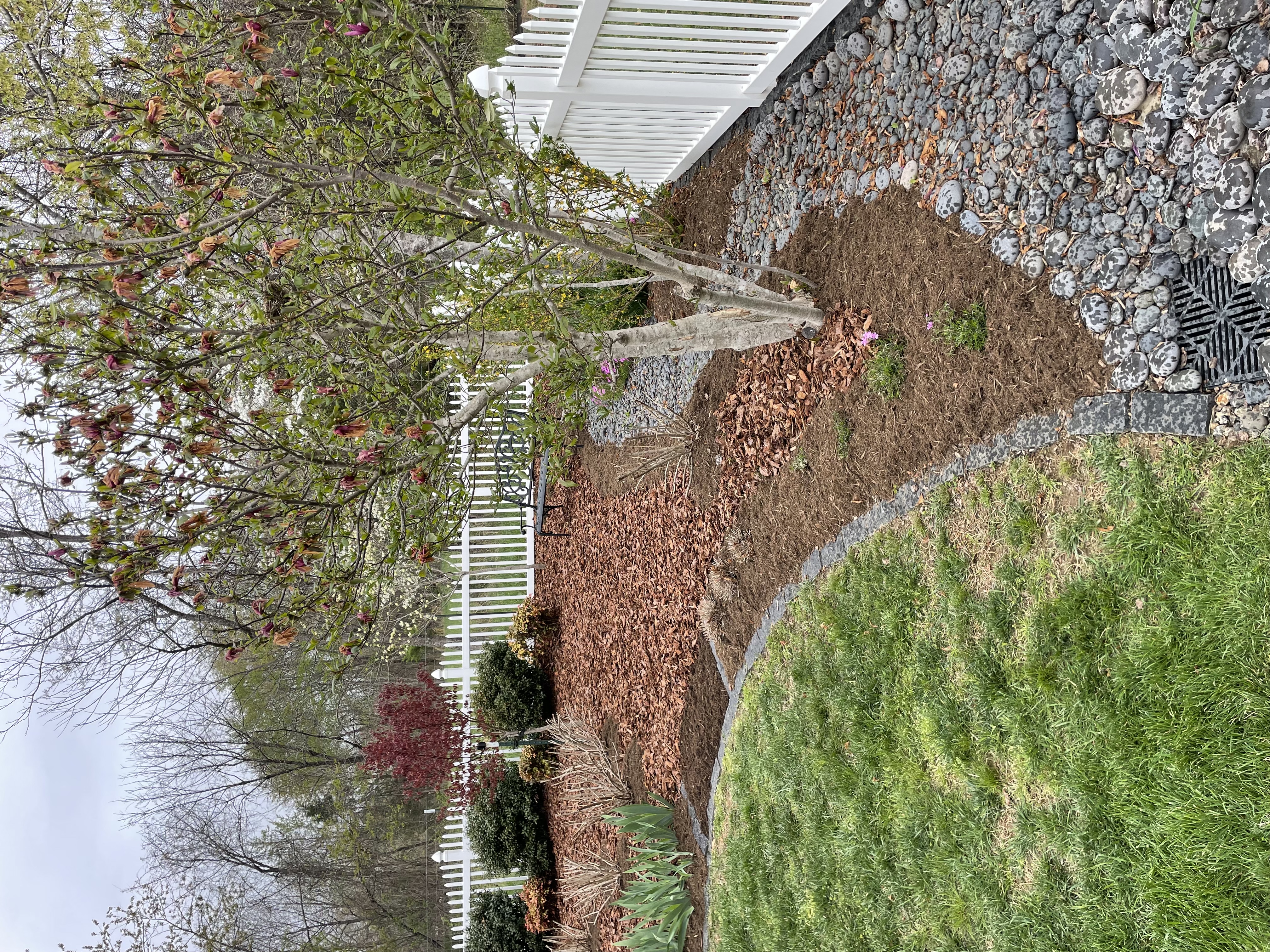
Choosing the Right Plants for a Stunning Landscaped Garden Oct 31, 2025
To begin with, the first step in selecting plants for your garden is assessing the local climate and soil conditions. It's important to choose plants that are suitable for the regional climate to ensure they can withstand local weather patterns. Consider the average rainfall, temperature, and specific soil type in your area. Chiles Lawn & Landscaping emphasizes the need to conduct a soil test to understand the pH and nutrient levels, which helps in picking plants that will flourish and require minimal intervention.
Once you've assessed the conditions, define the purpose of your garden. Are you aiming for a garden that provides year-round visual interest, or are you looking to create a space that serves as a habitat for local wildlife? Perhaps your intention is to generate a peaceful retreat amidst greenery. Different plants serve different functions, so aligning your plant choices with the garden's purpose ensures coherence and satisfaction.
Next, think about the color scheme and texture. A successful landscape design often employs a harmonious color palette and varying plant textures to create visual intrigue. For example, contrasting the softness of ornamental grasses with the bold textures of evergreen shrubs can add depth and interest to your garden. Native plants, in particular, are champions of resilience and require less water and care once established, making them an ideal choice for a sustainable garden.
Layering is another fundamental aspect of plant selection. Arrange the plants by height - taller plants at the back or center (in case of circular garden beds) should not overshadow smaller plants upfront. This technique not only maximizes sunlight exposure for each plant but also enhances visibility and accessibility.
Furthermore, consider the plant's growth rate and mature size. Overlooking these factors can lead to overcrowded gardens, necessitating frequent trimming and potentially stifling plant health and aesthetics over time. Fast-growing plants are excellent for those who desire a quick implementation, but they require regular maintenance. Conversely, slower-growing plants mature gradually, often requiring less upkeep, and offer long-term stability to the landscape.
Do not underestimate the seasonal dynamics of plants. Incorporating a mix of evergreens, deciduous plants, and perennials ensures your garden remains lush and attractive throughout the year. Evergreens maintain a vibrant green even in winter, while flowering perennials can provide color bursts in spring and summer.
To conclude, while choosing the right plants for your garden might seem daunting, it’s a crucial step towards creating a captivating, sustainable space. Chiles Lawn & Landscaping underscores the importance of informed plant selection tailored to your specific environment and aesthetic preferences. Investing time in selecting the right flora will not only enhance the beauty of your landscape but also contribute to its overall health and low maintenance needs. By keeping these considerations in mind, gardeners can cultivate stunning landscapes that stand the test of time and environment.
/filters:no_upscale()/filters:format(webp)/media/3b96452e-ac0b-42e0-b976-31529121651c.jpeg)
/filters:no_upscale()/filters:format(webp)/media/35a0a40f-5bfc-430c-ae68-fd912de7d347.jpeg)